
A tagine is a type of dish found in the North African cuisines of Morocco,which is named after the special pot in which it is cooked.
Tagines are slow-cooked stews braised at low temperatures, resulting in tender meat with aromatic vegetables and sauce. They are traditionally cooked in the tagine pot, whose cover has a knob-like formation at its top to facilitate removal. While simmering, the cover can be lifted off without the aid of a mitten, enabling the cook to inspect the main ingredients, add vegetables, move things around, or add additional braising liquid.
The traditional tagine is formed entirely of a heavy clay which is sometimes painted or glazed. It consists of two parts; a base unit which is flat and circular with low sides, and a large cone or dome-shaped cover that rests inside the base during cooking. The cover is so designed to promote the return of all condensation to the bottom. With the cover removed, the base can be taken to the table for serving.
 Moroccan tagines often combine lamb or chicken with a medley of ingredients or seasonings: olives, quinces, apples, pears, apricots, raisins, prunes, dates, nuts, with fresh or preserved lemons, with or without honey, with or without a complexity of spices. Traditional spices that are used to flavour tajines include ground cinnamon, saffron, ginger, turmeric, cumin, paprika, pepper, as well as the famous spice blend Ras el hanout. Some famous tagine dishes are mqualli or emshmel (both are pairings of chicken, olives and citrus fruits, though preparation methods differ), kefta (meatballs in an egg and tomato sauce), and mrouzia (lamb, raisins and almonds)
Moroccan tagines often combine lamb or chicken with a medley of ingredients or seasonings: olives, quinces, apples, pears, apricots, raisins, prunes, dates, nuts, with fresh or preserved lemons, with or without honey, with or without a complexity of spices. Traditional spices that are used to flavour tajines include ground cinnamon, saffron, ginger, turmeric, cumin, paprika, pepper, as well as the famous spice blend Ras el hanout. Some famous tagine dishes are mqualli or emshmel (both are pairings of chicken, olives and citrus fruits, though preparation methods differ), kefta (meatballs in an egg and tomato sauce), and mrouzia (lamb, raisins and almonds)Other ingredients for a tagine include any product that braises well: fish, quail, pigeon, beef, root vegetables, legumes, even amber and aga wood.


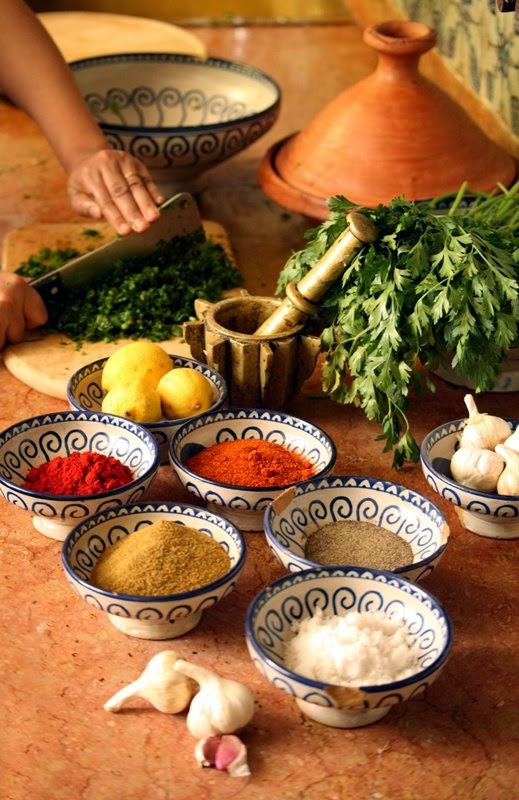

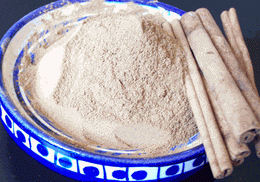
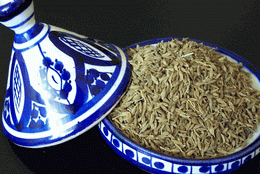
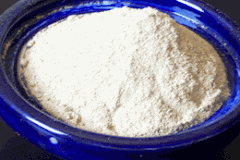

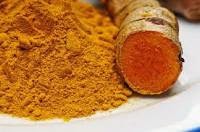
No hay comentarios:
Publicar un comentario